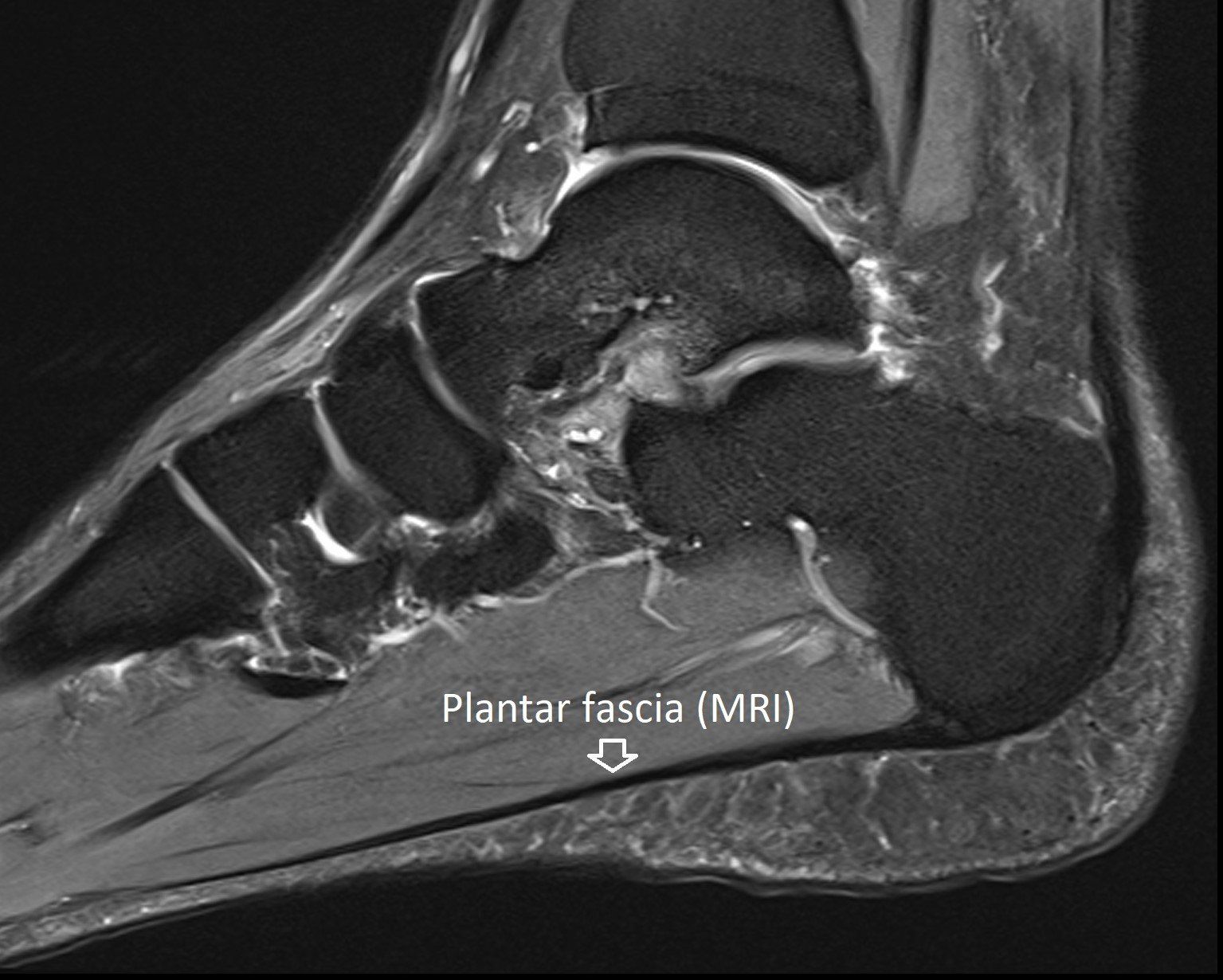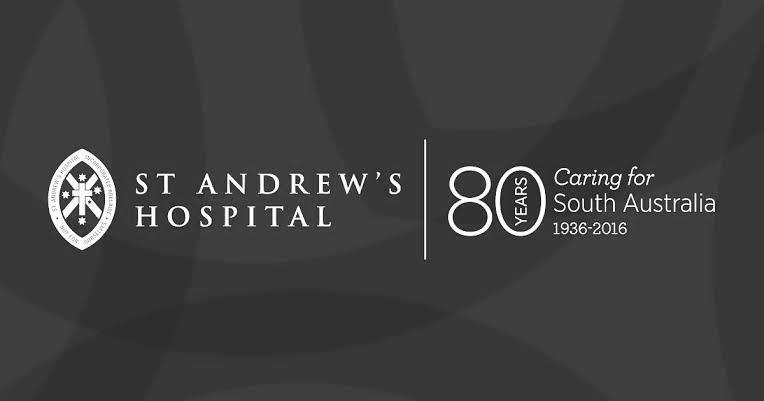Plantar Fasciitis
What is Plantar Fasciitis?
Plantar fasciitis is degeneration and inflammation in the plantar fascia, a thick band of tissue that lies at the bottom of the foot. It runs from the heel bone to the toe and supports the arch of your foot (see image and Achilles & Heel - Anatomy and Imaging).
Plantar fasciitis is one of the most common causes of heel pain. It is most often seen in middle-aged people but can occur in those who are constantly on their feet, such as nurses.
Causes of Plantar Fasciitis
The plantar fascia is a shock absorber and supports the arch of your foot. Repeated overuse causes irritation, inflammation and degeneration.
Risk factors include:
- obesity
- flat feet or high arches
- long-distance running
- occupations requiring prolonged walking or standing on hard surfaces
- wearing shoes with poor arch support or padding.
There also are several uncommon medical conditions that make heel spurs more likely.
Symptoms of Plantar Fasciitis
The most common symptom is stabbing pain on the bottom of the foot near the heel.
Pain is worse during the first steps in the morning or after prolonged sitting, and may return after standing for a long period.
Diagnosis of Plantar Fasciitis
The diagnosis of a plantar fasciitis is made after:
- taking a complete history
- examination of the foot
X-rays often show heel spurs under the plantar fascia origin. These spurs get more common with age (20-50% of people over age 60) and are more common in those with plantar fasciitis. They are rarely the cause of the pain.
Ultrasound can show plantar fascia thickening (>4mm) which is associated with plantar fasciitis.
MRI scans are sometimes performed to rule out other causes of heel pain, such as a calcaneal stress fracture.
Treatment of Plantar Fasciitis
Plantar fasciitis gets better in most people without
treatment but this can take a year.
The following treatments usually speed up recovery. Everyone
should commence:
- stretching the plantar fascia and Achilles tendon, building up to 10 minutes, three times a day
- rest - decreased activities that worsen pain
- ice - apply an ice pack or frozen drink bottle under the arch at least twice a day for 10 to 15 minutes
- medications - analgesia and occasional anti-inflammatory medications
- supportive and cushioned shoes - add gel heel-cushions or simple arch supports from your pharmacy or shoe shop.
If these are not helping after 3 months, other non-surgical treatments
available include:
- podiatry - taping and night splints
- shock wave (high energy ultrasound) and cold laser therapy
- cortisone and PRP injections - these can be uncomfortable and don't usually cure plantar fasciitis.
If symptoms are still severe after at least six months of non-surgical treatment, there may be a role for plantar fascia surgery.
- endoscopic partial plantar fascia release +/- minimally invasive heel spur reduction
- calf lengthening
- open plantar fascia and Baxter's nerve release +/- heel spur reduction
Please see Plantar Fascia Surgery
under the TREATMENTS menu for further information.














